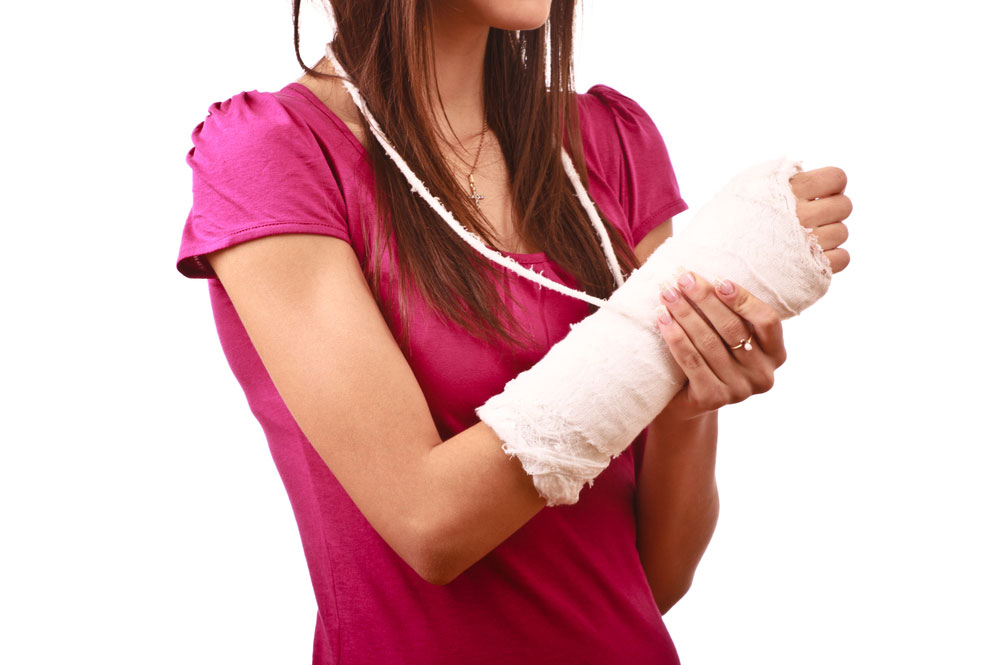Arm in a Sling? Your Brain Knows & Compensates

An injured arm can do more than throw a person off balance, it can also change the brain. A new study shows that when a person has a cast or sling on their dominant hand, brain areas responsible for compensating for the injured side bulk up.
The researchers also saw decreases in the size of brain areas furloughed because of the cast.
Researchers studied 10 right-handed people who had injured their upper right arm and had to wear a cast or sling for at least 14 days, restricting that hand to little or no movement during that time period. Because of the slings, the participants had to use their nondominant left hand for all daily activities, such as using a toothbrush, eating or writing.
None of the study participants had a brain injury, nerve injury or psychiatric disease. Researchers took magnetic resonance imaging (MRI) scans of the subjects' brains to measure the amount of gray and white matter in the brain within two days of the injury and then 16 days after they began wearing the sling. The researchers also tested the participants' motor skills, including their arm-hand and wrist-finger movements.
The MRI scans revealed a decrease of up to 10 percent in the amount of gray and white matter in the left side of the brain — the side of the brain responsible for the movement of the restricted right hand. However, the amount of gray and white matter in the right side of the brain increased in size, according to the findings.
"We also saw improved motor skills in the left, non-injured hand, which directly related to an increase in thickness in the right side of the brain," study researcher Nicolas Langer of the University of Zurich, Switzerland, said in a statement. "These structural changes in the brain are associated with skill transfer from the right hand to the left hand."
The study's findings may be applied to better understand or adjust rehabilitation therapy for people who have suffered strokes or other illnesses or injuries that affect one side of the body, according to the researchers.
Get the world’s most fascinating discoveries delivered straight to your inbox.
"One type of therapy [for stroke victims] restrains the unaffected, or 'good,' arm to strengthen the affected arm and help the brain learn new pathways," Langer said. "This study shows that there are both positive and negative effects of this type of treatment."
The researchers noted that the study did not look at whether the decreases in the amount of gray and white matter in the left side of the brain would be permanent, or if the brain matter would return to its previous size once the cast came off and the injured arm began to be used again.
"Further studies should examine whether using a restraint for stroke patients is really a necessity for improving arm and hand movement," Langer said. "Our results also support the current trauma surgery guidelines stating that an injured arm or leg should be immobilized 'as short as possible, as long as necessary.'"
The study will be published in the Jan. 17 issue of the journal Neurology.
You can follow LiveScience writer Remy Melina on Twitter @remymelina. Follow LiveScience for the latest in science news and discoveries on Twitter @livescience and on Facebook.


